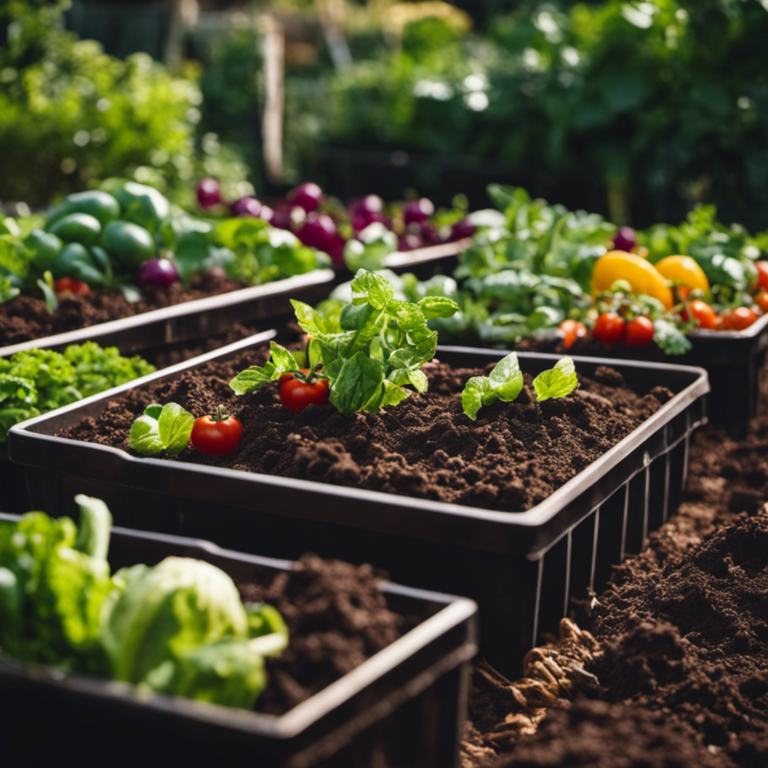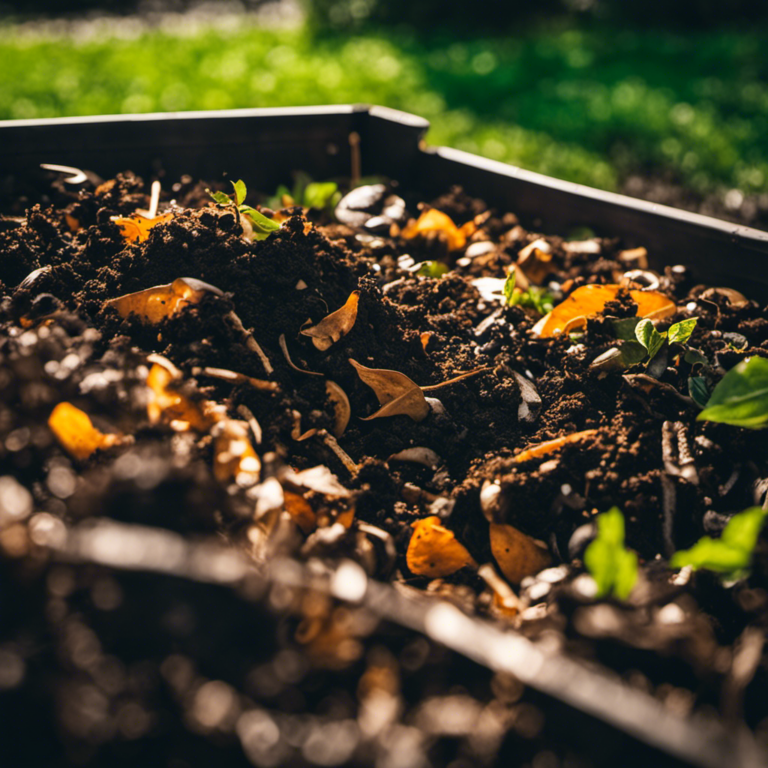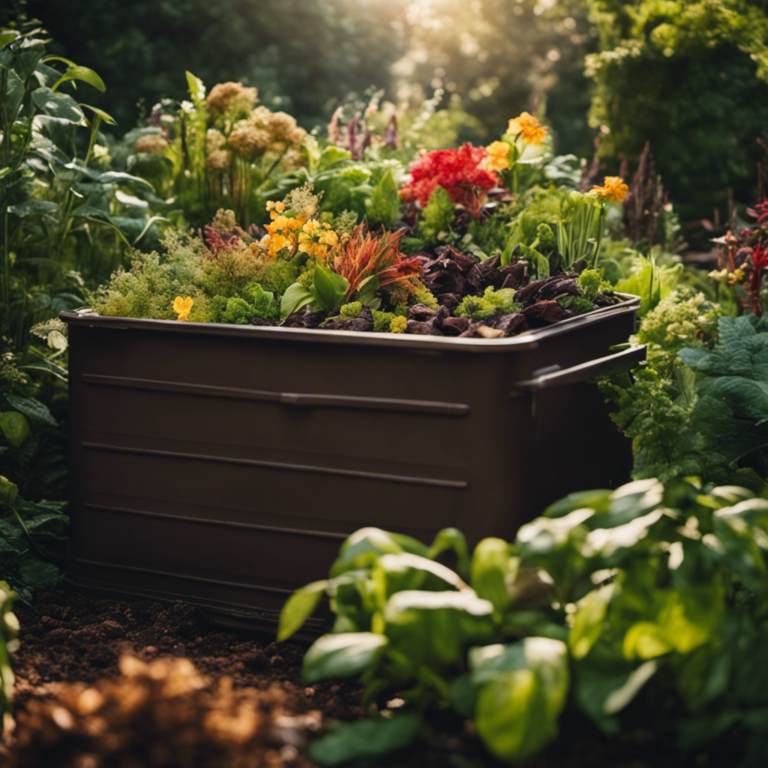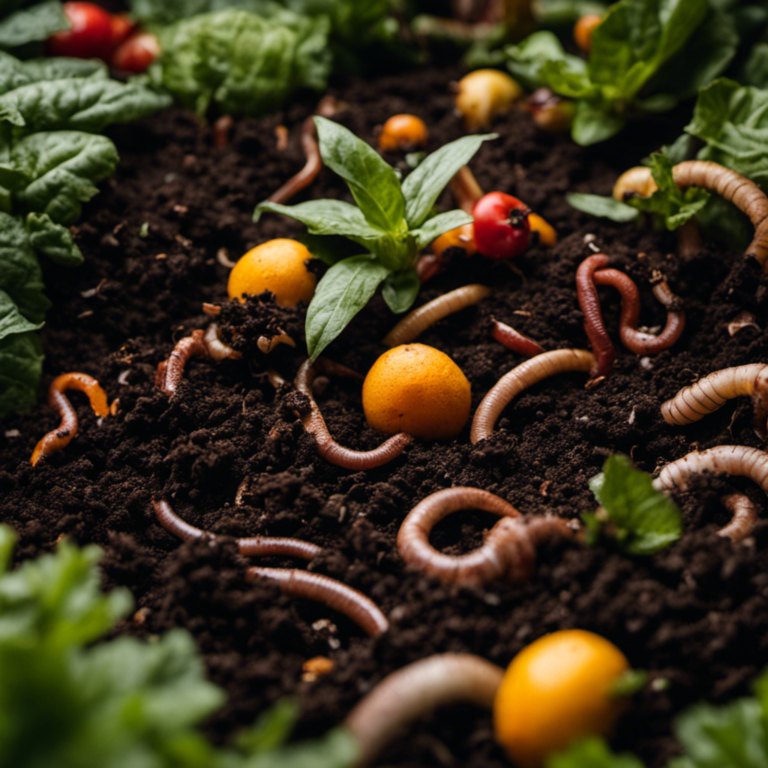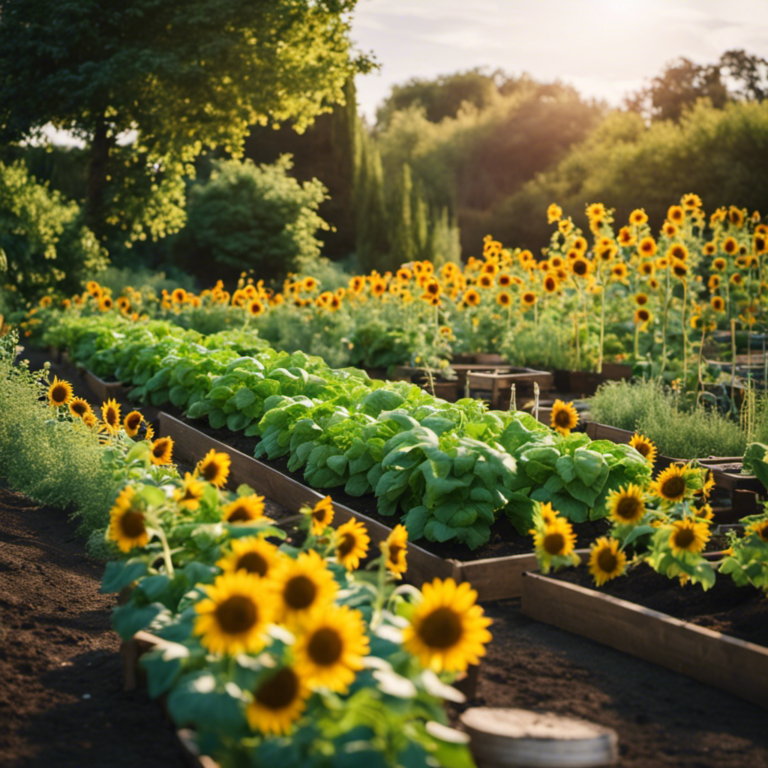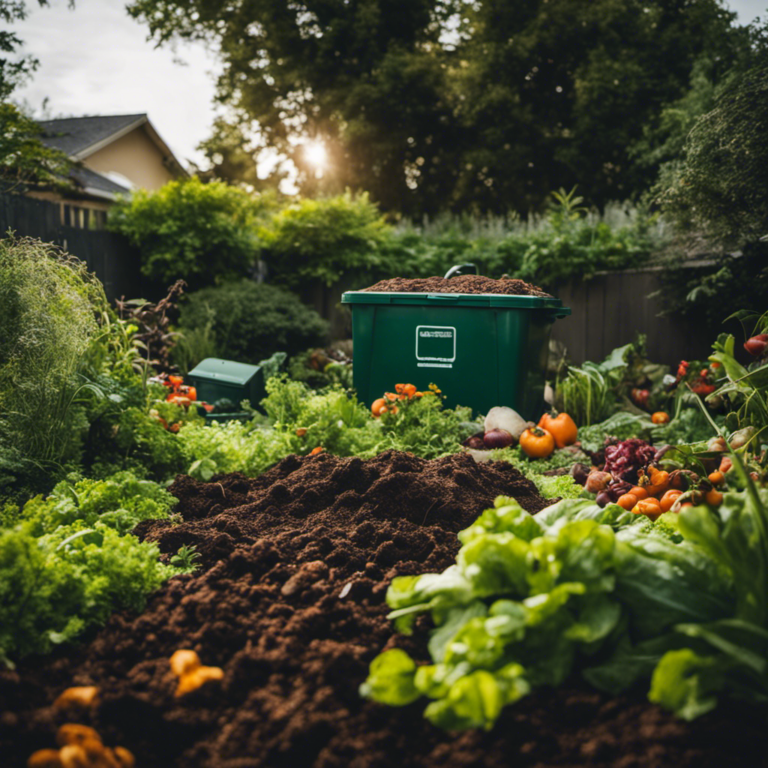Are you ready to take your organic farming to the next level? Well, you’re in the right place! Today, we’re going to explore the incredible benefits of advanced composting techniques and how they can enhance your farming practices.
By the end of this article, you’ll have a clear understanding of the essential materials needed for advanced composting and a step-by-step guide to get started. So, let’s jump right in and discover how you can maximize the nutrient value of your compost.
It’s time to level up your organic farming game!
Key Takeaways
Level Up Your Organic Farming With Advanced Composting Techniques
Advanced composting techniques offer numerous benefits for organic farmers. These techniques can increase the nutrient value and improve the health of the soil. By following a step-by-step guide and troubleshooting common issues, farmers can enhance their composting practices and achieve optimal results.
With the right materials and a little patience, the nutrient-rich compost can provide the necessary boost for organic crops to thrive. By maximizing the potential of your organic farming through advanced composting, you can create a sustainable and environmentally friendly farming system.
Start your journey towards maximizing the potential of your organic farming today! With advanced composting techniques, you can improve soil health, increase nutrient value, and promote the growth of healthy organic crops. Don’t miss out on the opportunity to enhance your farming practices and contribute to a more sustainable future.
Benefits of Advanced Composting Techniques
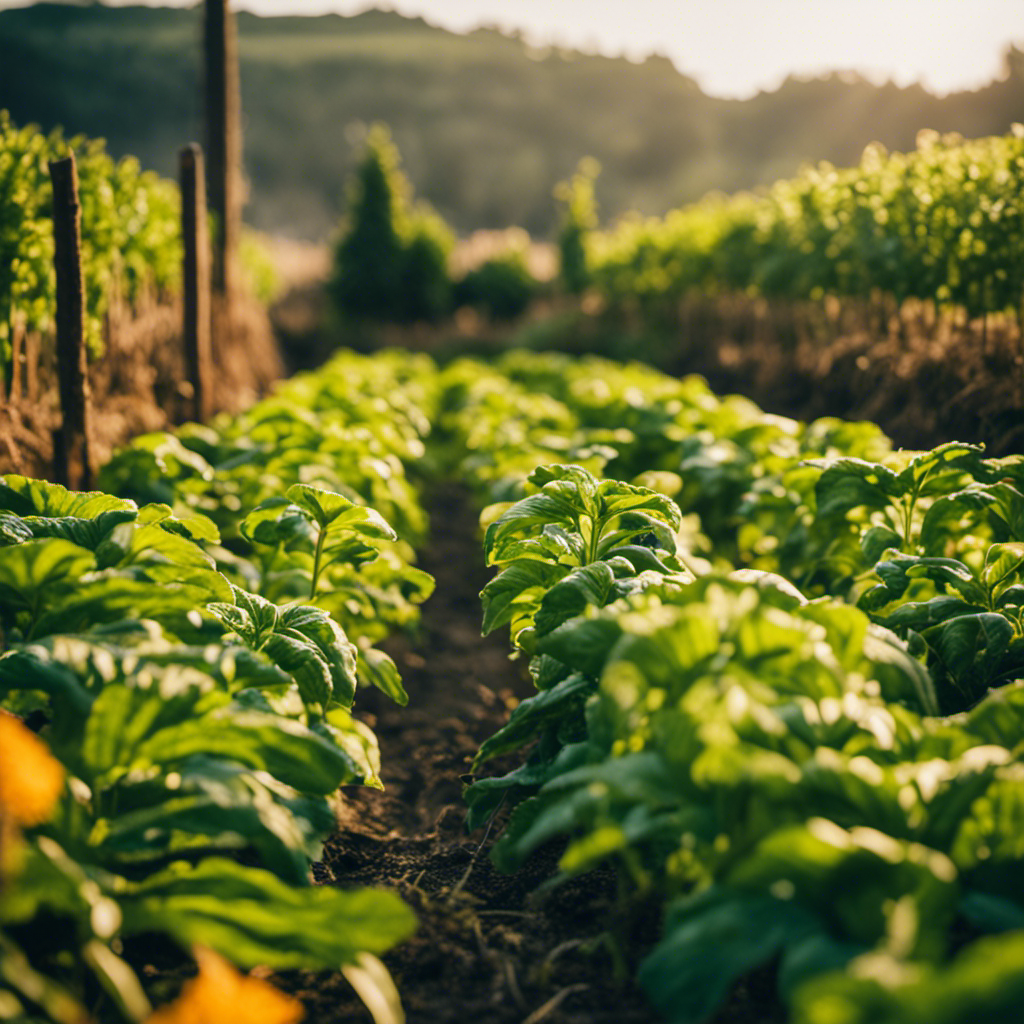
One significant advantage of utilizing advanced composting techniques is the substantial increase in crop yields. By implementing these methods, farmers can witness a remarkable improvement in their field’s productivity. Advanced composting involves the controlled decomposition of organic materials like food waste, yard trimmings, and animal manure. This process creates nutrient-rich compost that serves as a natural fertilizer for crops.
When compost is added to the soil, it enriches it with essential nutrients such as nitrogen, phosphorus, and potassium. These nutrients are crucial for the healthy growth and development of plants. As a result, crops grown in compost-amended soil tend to have higher yields and better quality.
In addition to boosting crop yield, advanced composting techniques also have a positive impact on the environment. By diverting organic waste from landfills and incorporating it into the composting process, farmers can help reduce greenhouse gas emissions and minimize the release of harmful substances into the environment. Furthermore, the use of compost as a natural fertilizer reduces the need for synthetic chemical fertilizers, which can negatively affect soil health and water quality.
Essential Materials for Advanced Composting

Materials Needed for Advanced Composting
To achieve successful advanced composting, you’ll need a few essential materials. These include a variety of organic waste and a composting bin. Composting is a natural process that transforms organic materials into nutrient-rich soil. By having the right materials and equipment, you can effectively create high-quality compost for your organic farming endeavors.
The first crucial material is a variety of organic waste. This can consist of kitchen scraps like fruit and vegetable peels, coffee grounds, and eggshells. Additionally, yard waste such as grass clippings, leaves, and small branches can be added. It’s important to maintain a proper balance of carbon-rich ‘browns’ and nitrogen-rich ‘greens’ to ensure efficient decomposition. Browns can include dried leaves or straw, while greens can consist of fresh grass clippings or vegetable scraps.
Next, you’ll need a composting bin. There are various types available, ranging from simple homemade setups to more advanced commercial bins. The bin should have proper aeration, moisture retention, and protection against pests or rodents. It should also be large enough to accommodate the amount of organic waste you’ll be composting.
Having the right materials and equipment is essential for advanced composting. By using appropriate composting methods and equipment, you can effectively turn organic waste into nutrient-rich compost that will greatly benefit your organic farming practices.
Step-by-Step Guide to Advanced Composting
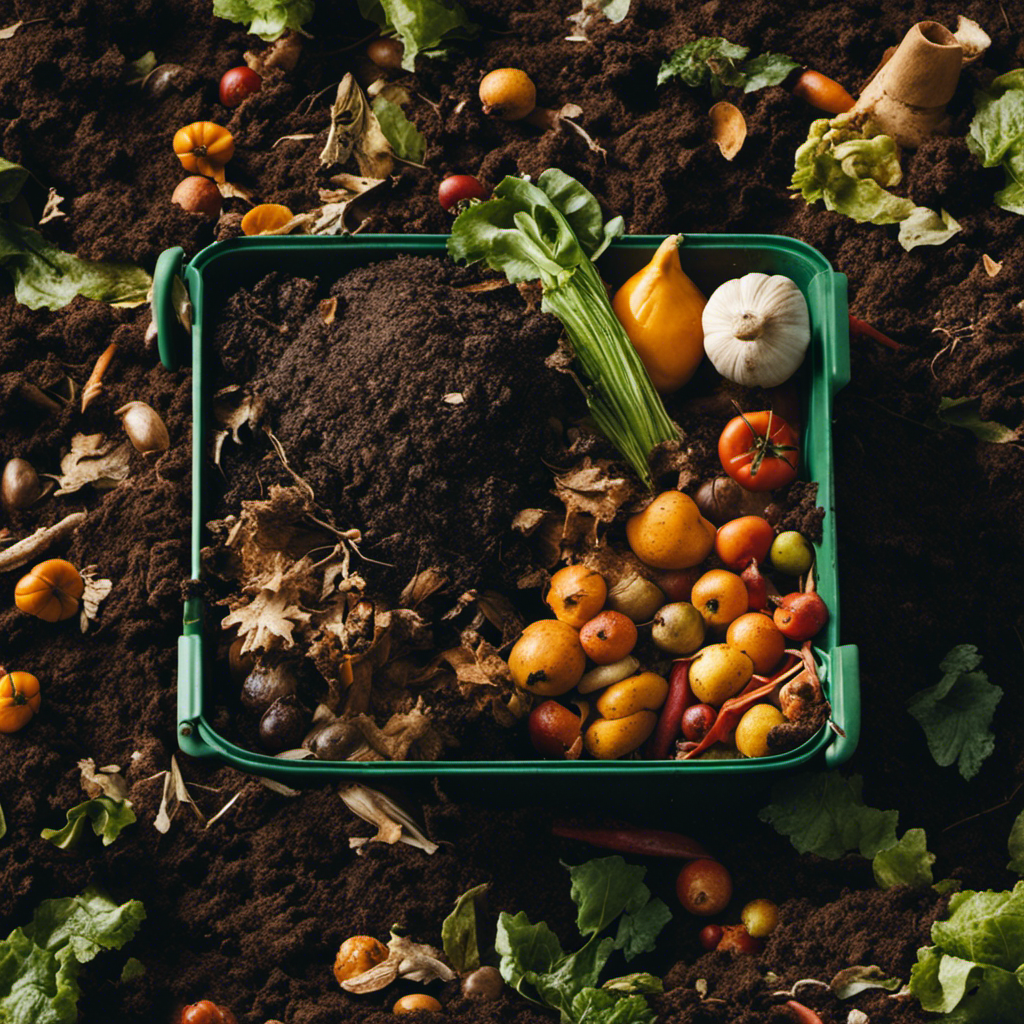
A Step-by-Step Guide to Advanced Composting
Now let’s explore the process of advanced composting and how to achieve excellent results. Advanced composting involves using specific methods and equipment to speed up the decomposition process and produce high-quality compost.
To begin, gather the necessary composting equipment. This includes a compost bin or pile, a compost thermometer to monitor temperature, and a compost turning tool to aerate the pile. These tools will help facilitate the decomposition process and ensure that your compost reaches the desired temperature and consistency.
Next, choose the composting method that suits your needs. There are several methods to consider, such as hot composting, vermicomposting, and bokashi composting. Each method has its own benefits and requirements, so research and select the one that aligns with your resources and goals.
Once you have your equipment and chosen your method, it’s time to start composting. Follow these steps for successful advanced composting:
-
Begin by layering your organic materials in the compost bin or pile. Alternate between green materials (such as kitchen scraps and fresh grass clippings) and brown materials (such as dried leaves and straw). This will provide a balanced mix of nitrogen and carbon, essential for decomposition.
-
Monitor the temperature of your compost using a compost thermometer. The ideal temperature range for decomposition is between 130°F and 160°F. If the temperature drops below this range, you may need to add more green materials. If it exceeds this range, you may need to turn the pile to release excess heat.
-
Regularly turn and aerate the compost pile using a compost turning tool. This will help mix the materials, introduce oxygen, and prevent the pile from becoming compacted. Turning the pile every few weeks will accelerate the decomposition process.
Troubleshooting Common Issues in Advanced Composting
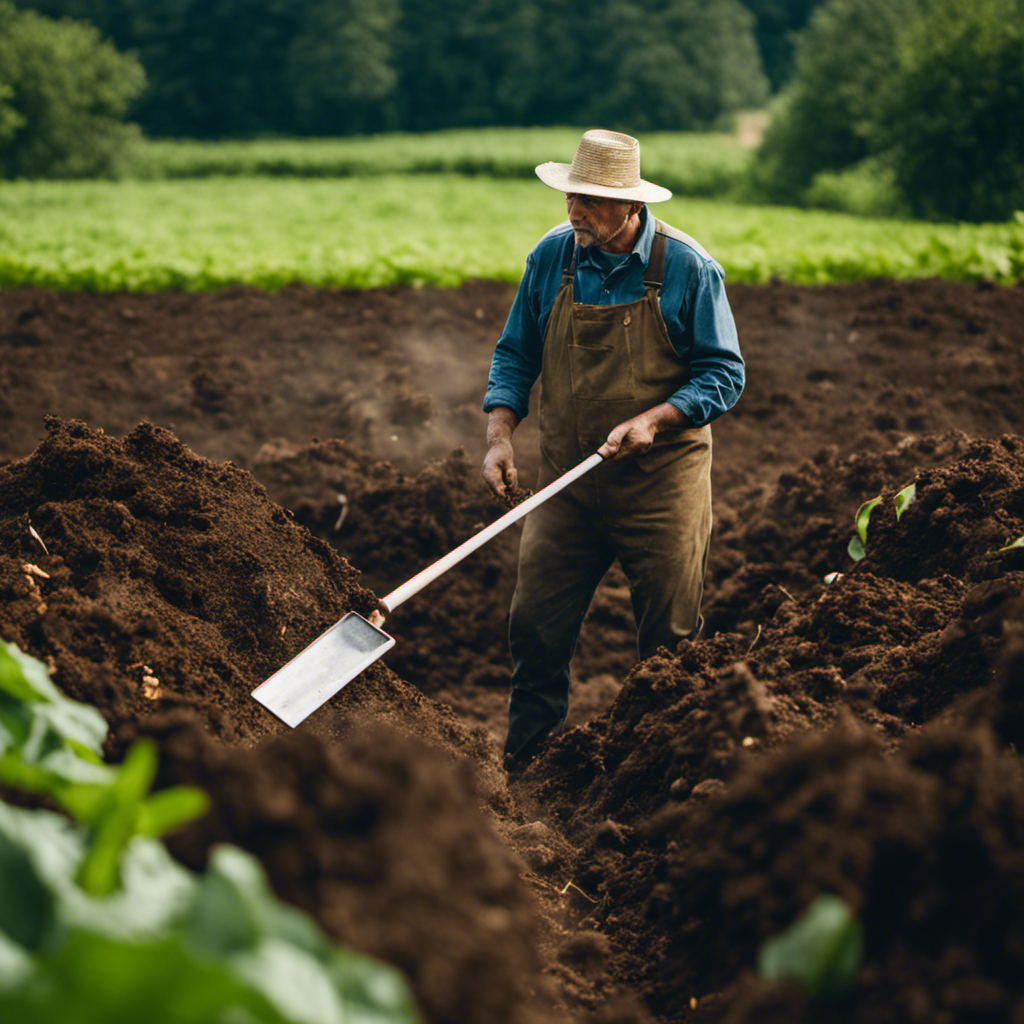
Common Issues and Troubleshooting in Advanced Composting
Composting is a valuable technique in organic farming, but it can sometimes encounter problems that hinder the process. Here are some common issues that may arise during advanced composting and how to address them effectively:
Odor issues: If your compost pile starts emitting a foul smell, it may be due to anaerobic conditions. To resolve this, regularly turn the pile to improve aeration and add more dry materials, such as straw or leaves, to balance moisture levels.
Pest infestation: Unwanted pests like flies or rodents can be a nuisance in the compost pile. To deter them, avoid adding meat, dairy, or oily materials that attract pests. You can also cover the pile with a tarp or use wire mesh to prevent access.
Slow decomposition: Sometimes, the composting process may take longer than expected. This can happen if the pile lacks the ideal carbon to nitrogen ratio or if it’s too dry or too wet. Adjust the mix of green and brown materials, and ensure the pile is adequately moist but not waterlogged.
Maximizing the Nutrient Value of Advanced Compost
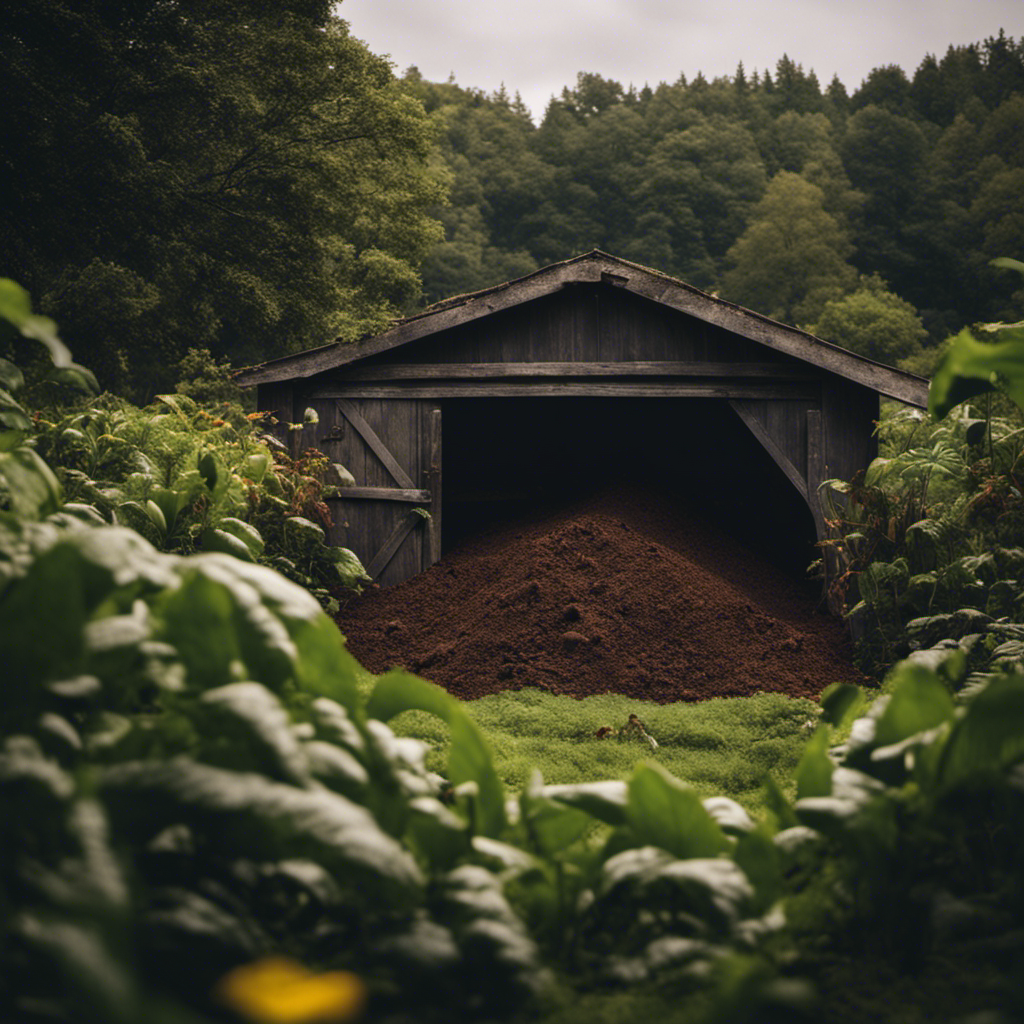
Maximizing the Nutrient Value of Advanced Compost
To maximize the nutrient value of advanced compost, there are specific techniques and practices that can be incorporated. By doing so, soil fertility can be improved, and sustainable farming practices can be promoted.
One effective way to enhance the nutrient value of advanced compost is by carefully selecting the raw materials used in the composting process. By using a diverse mix of organic matter such as kitchen scraps, yard waste, and crop residues, a rich blend of nutrients can be ensured in the final compost product.
Another technique that helps maximize nutrient value is through proper composting techniques. This involves maintaining the right balance of carbon and nitrogen, ensuring adequate moisture levels, and regularly turning the compost to promote decomposition. These practices facilitate the efficient breakdown of organic matter, resulting in a nutrient-rich compost.
Additionally, the nutrient value of the compost can be optimized by adding amendments. Natural fertilizers like bone meal, rock phosphate, or seaweed extract can be incorporated during the composting process to provide additional nutrients. This enriches the final compost product.
Conclusion
Advanced composting techniques offer numerous benefits for organic farmers. These techniques can increase the nutrient value and improve the health of the soil.
By following a step-by-step guide and troubleshooting common issues, farmers can enhance their composting practices and achieve optimal results.
With the right materials and a little patience, the nutrient-rich compost can provide the necessary boost for organic crops to thrive.
Start your journey towards maximizing the potential of your organic farming today!

